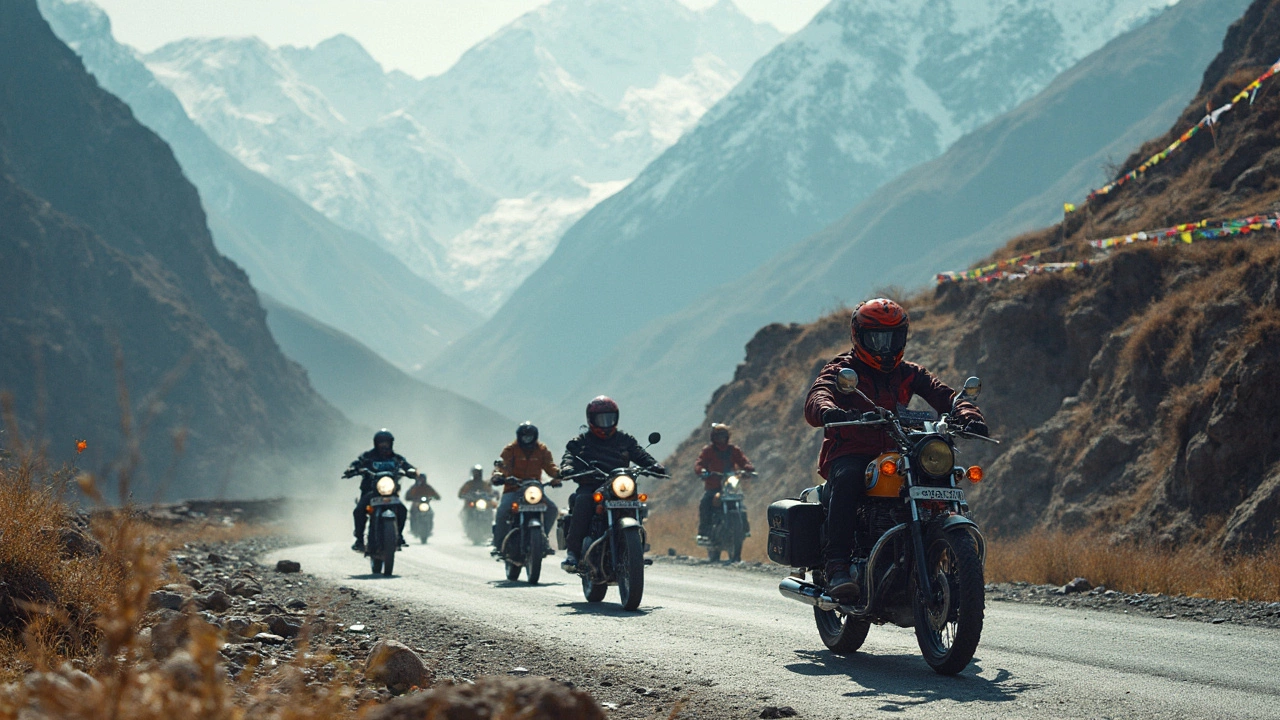Himalayan Expeditions: Trekking, Trails, and Survival Tips for India's Highest Ranges
When you think of Himalayan expeditions, high-altitude treks through snow-capped peaks, remote valleys, and ancient monasteries in India’s northern mountains. Also known as Himalayan trekking, it’s not just hiking—it’s a test of endurance, preparation, and respect for nature’s raw power. These aren’t weekend walks. They’re multi-day journeys where altitude sickness can strike fast, weather shifts in minutes, and a wrong turn can mean hours off course. That’s why so many travelers who attempt them end up hiring local guides—people who know the passes, the safe campsites, and the signs of an approaching storm.
Himalayan expeditions often follow routes like the Great Himalayan Trail, a 4,500-kilometer path stretching across India’s northern border, connecting remote villages and sacred sites. This isn’t one trail—it’s a network of paths that range from moderate hikes to extreme climbs. Some people tackle just a section, like the Markha Valley or Kedarkantha, while others spend weeks crossing entire regions. What they all share? The need for proper gear, acclimatization, and knowing when to turn back. You won’t find luxury lodges on most of these routes. Instead, you’ll sleep in tents, boil your own water, and eat simple meals cooked over a stove. It’s raw. It’s real. And it’s why people keep coming back.
These expeditions also connect deeply with India’s cultural landscape. Many trails pass through villages where Buddhism or Hinduism shaped life for centuries. You’ll see prayer flags fluttering over ridges, monks chanting in stone monasteries, and locals offering chai at high-altitude stops. This isn’t just adventure tourism—it’s cultural immersion. That’s why respecting local customs isn’t optional. Dress modestly, ask before taking photos, and never climb on sacred rocks. The mountains demand humility.
And yes, you need to plan. Vaccinations, permits, weather windows—all matter. One wrong decision can ruin a trip. But get it right, and you’ll walk away with stories no one else has. Below, you’ll find real guides, trail breakdowns, safety tips, and firsthand experiences from people who’ve done it. No fluff. No marketing hype. Just what you need to know before you lace up your boots.
